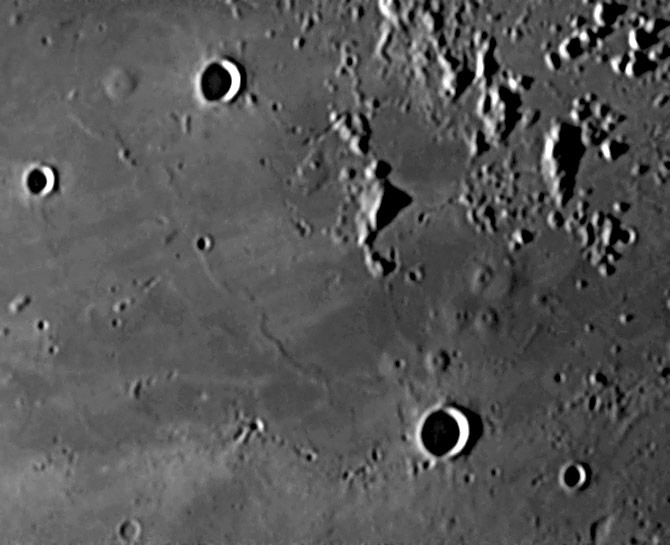Difference between revisions of "July 19, 2009"
| Line 1: | Line 1: | ||
__NOTOC__ | __NOTOC__ | ||
=Not for Telescopes= | =Not for Telescopes= | ||
| − | |||
<!-- ws:start:WikiTextHeadingRule:2:<h1> --> | <!-- ws:start:WikiTextHeadingRule:2:<h1> --> | ||
<!-- ws:start:WikiTextLocalImageRule:8:<img src="/file/view/LPOD-July19-09.jpg/81532885/LPOD-July19-09.jpg" alt="" title="" /> -->[[File:LPOD-July19-09.jpg|LPOD-July19-09.jpg]]<!-- ws:end:WikiTextLocalImageRule:8 --><br /> | <!-- ws:start:WikiTextLocalImageRule:8:<img src="/file/view/LPOD-July19-09.jpg/81532885/LPOD-July19-09.jpg" alt="" title="" /> -->[[File:LPOD-July19-09.jpg|LPOD-July19-09.jpg]]<!-- ws:end:WikiTextLocalImageRule:8 --><br /> | ||
| − | <em>image by [mailto:thefamily90@hotmail.com Jim Philips], Isle of Palms, South Carolina</em><br /> | + | <em>image by [mailto:thefamily90@hotmail.com" rel="nofollow Jim Philips], Isle of Palms, South Carolina</em><br /> |
<br /> | <br /> | ||
One of the most classic dome fields on the Moon is near the 14 km wide simple crater [http://the-moon.wikispaces.com/Hortensius Hortensius], west of Copernicus. Four small domes just north of the crater display the classic morphology of a flattened hemisphere topped with a small collapse pit. A fifth very flat dome is at the SW end of the cluster, and a more amorphous, pit-less lump is at the NE end. The similar sized crater near the top-left is [http://the-moon.wikispaces.com/Milichius Milichius], which has a broader, pitted dome to its west. Detection of these domes at the eyepiece seems much harder than capturing them on an image, and always gives me a sense of elation. <br /> | One of the most classic dome fields on the Moon is near the 14 km wide simple crater [http://the-moon.wikispaces.com/Hortensius Hortensius], west of Copernicus. Four small domes just north of the crater display the classic morphology of a flattened hemisphere topped with a small collapse pit. A fifth very flat dome is at the SW end of the cluster, and a more amorphous, pit-less lump is at the NE end. The similar sized crater near the top-left is [http://the-moon.wikispaces.com/Milichius Milichius], which has a broader, pitted dome to its west. Detection of these domes at the eyepiece seems much harder than capturing them on an image, and always gives me a sense of elation. <br /> | ||
<br /> | <br /> | ||
| − | <em>[mailto:tychocrater@yahoo.com Chuck Wood]</em><br /> | + | <em>[mailto:tychocrater@yahoo.com" rel="nofollow Chuck Wood]</em><br /> |
<br /> | <br /> | ||
| − | <strong>Unrelated Note</strong> A new [http://uanews.org/node/26450 video] of Apollo reminiscences includes Moon expert Ewen Whitaker.<br /> | + | <strong>Unrelated Note</strong> A new [http://uanews.org/node/26450" rel="nofollow video] of Apollo reminiscences includes Moon expert Ewen Whitaker.<br /> |
<br /> | <br /> | ||
<strong>Technical Details</strong><br /> | <strong>Technical Details</strong><br /> | ||
Revision as of 19:10, 4 January 2015
Not for Telescopes

image by " rel="nofollow Jim Philips, Isle of Palms, South Carolina
One of the most classic dome fields on the Moon is near the 14 km wide simple crater Hortensius, west of Copernicus. Four small domes just north of the crater display the classic morphology of a flattened hemisphere topped with a small collapse pit. A fifth very flat dome is at the SW end of the cluster, and a more amorphous, pit-less lump is at the NE end. The similar sized crater near the top-left is Milichius, which has a broader, pitted dome to its west. Detection of these domes at the eyepiece seems much harder than capturing them on an image, and always gives me a sense of elation.
" rel="nofollow Chuck Wood
Unrelated Note A new " rel="nofollow video of Apollo reminiscences includes Moon expert Ewen Whitaker.
Technical Details
July 16, 2009. TEC 200 F/8 @ F/40.
Related Links
Rükl plate 30



